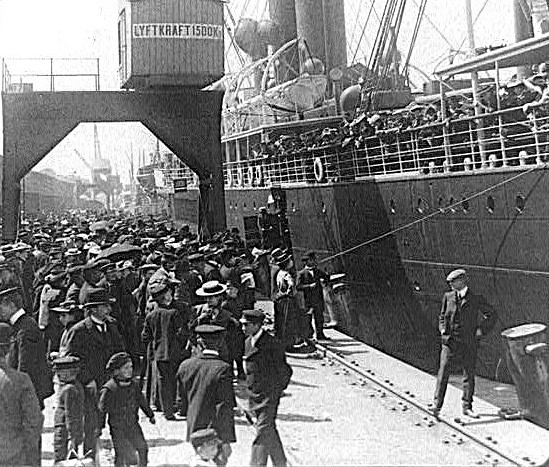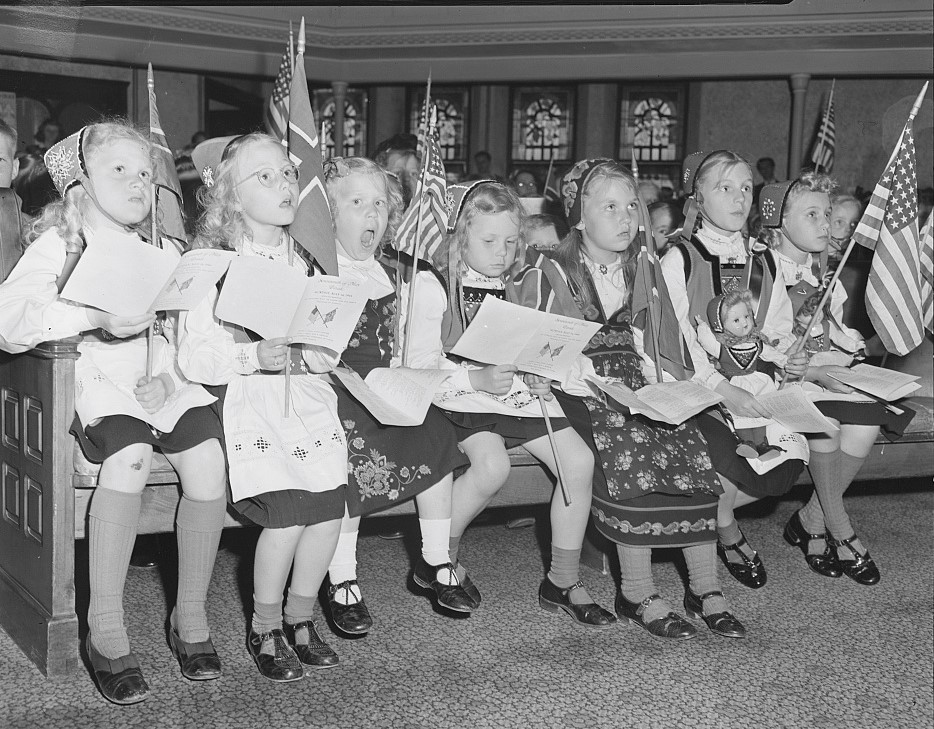From the rolling farmlands of Minnesota to the fishing ports of the Pacific Northwest, Scandinavian immigrants have left an enduring mark on American history. Between the mid-19th and early 20th centuries, millions of people from Sweden, Norway, Denmark, and Finland journeyed to the United States seeking land, opportunity, and a better life.
Today, descendants of these immigrants form vibrant communities across the country, particularly in the Midwest and northern states. Tracing Scandinavian ancestry, however, can be complex due to shifting borders, multilingual records, and migration patterns that span two continents. Professional genealogists offer the expertise to overcome these challenges, providing clear, well-documented family histories that connect you to your Nordic roots.
The first Scandinavian arrivals to America were relatively small in number. By 1820, records show a trickle of immigrants, mostly seafarers and adventurers. Significant migration began after the American Civil War, when Scandinavian populations faced mounting pressures at home:
The United States offered an alternative — abundant land, work opportunities, and the possibility of prosperity for families willing to endure hard labor and uncertainty.

A pivotal factor in Scandinavian migration was the Homestead Act, signed into law by President Abraham Lincoln on May 20, 1862. The act provided that any head of a family, or individual over 21 (including non-citizens who declared their intent to naturalize), could claim up to 160 acres of public land for a small fee. The claimant was required to build a dwelling on the land, cultivate and improve the property, and reside there for five continuous years before receiving full ownership. This policy was designed to accelerate settlement in the western territories and give working-class families a chance to own land.
While challenges such as lack of equipment and legal disputes meant that not all applicants succeeded, the act was a beacon of hope for many Scandinavian families. Between 1862 and 1904, 80 million acres were granted to homesteaders, with small farmers continuing to claim land well into the 20th century.
The period between the end of the Civil War and the start of World War I saw the greatest wave of Scandinavian immigration to the U.S. During this time, over 2.1 million Scandinavians arrived, primarily from Sweden, Norway, Denmark, and Finland.
The Midwest offered climates and landscapes reminiscent of Scandinavia, making it an ideal destination. Scandinavian immigrants established strong farming and logging communities in Minnesota, Wisconsin, Iowa, Illinois, and North Dakota.
These communities often centered around Lutheran churches, schools, and cultural organizations, which played an essential role in preserving language and traditions.
By the 1880s, the railroad had reached the Pacific Northwest, opening up new settlement areas. Between 1890 and 1910, more than 150,000 Scandinavians migrated to regions like Tacoma, Astoria, and the Yakima Valley, where they worked in fishing, logging, and farming. These industries provided steady employment and fostered new Scandinavian enclaves on the West Coast.
While adapting to a new country was challenging, Scandinavian immigrants were generally welcomed and recognized for their hard work, craftsmanship, and strong community values. Occupations included:
Over time, Scandinavian Americans rose to prominent positions in politics, education, and industry, while maintaining a proud connection to their heritage.

Scandinavian immigrants tended to form close-knit rural communities, with churches and schools at their heart. Major areas of settlement included:
These communities blended traditional Scandinavian customs with American opportunities, creating unique cultural landscapes that remain strong today.
Tracing Scandinavian ancestry requires both U.S. and European records. Key U.S. records include:
Once you determine your ancestor’s place of origin, research can expand to Scandinavian records:
Because these documents may be in Swedish, Norwegian, Danish, or Finnish, translation expertise is essential for accuracy.
Scandinavian genealogy poses unique difficulties:
Professional genealogists can navigate these complexities to build a clear, reliable family history.
Scandinavian immigration to America reflects a story of resilience and opportunity. From farmers settling the open prairies to fishermen shaping the Pacific coast, these immigrants brought skills and traditions that helped define regional cultures and economies.
By working with professional genealogists, you can uncover the stories behind these journeys, connect with ancestral villages in Scandinavia, and preserve your family’s legacy for future generations.
Your Scandinavian heritage is a vital part of your family’s story — let Trace’s expert genealogists help you bring it to life. We specialize in:
Contact Trace today and uncover the legacy of your Scandinavian ancestors with confidence and clarity.